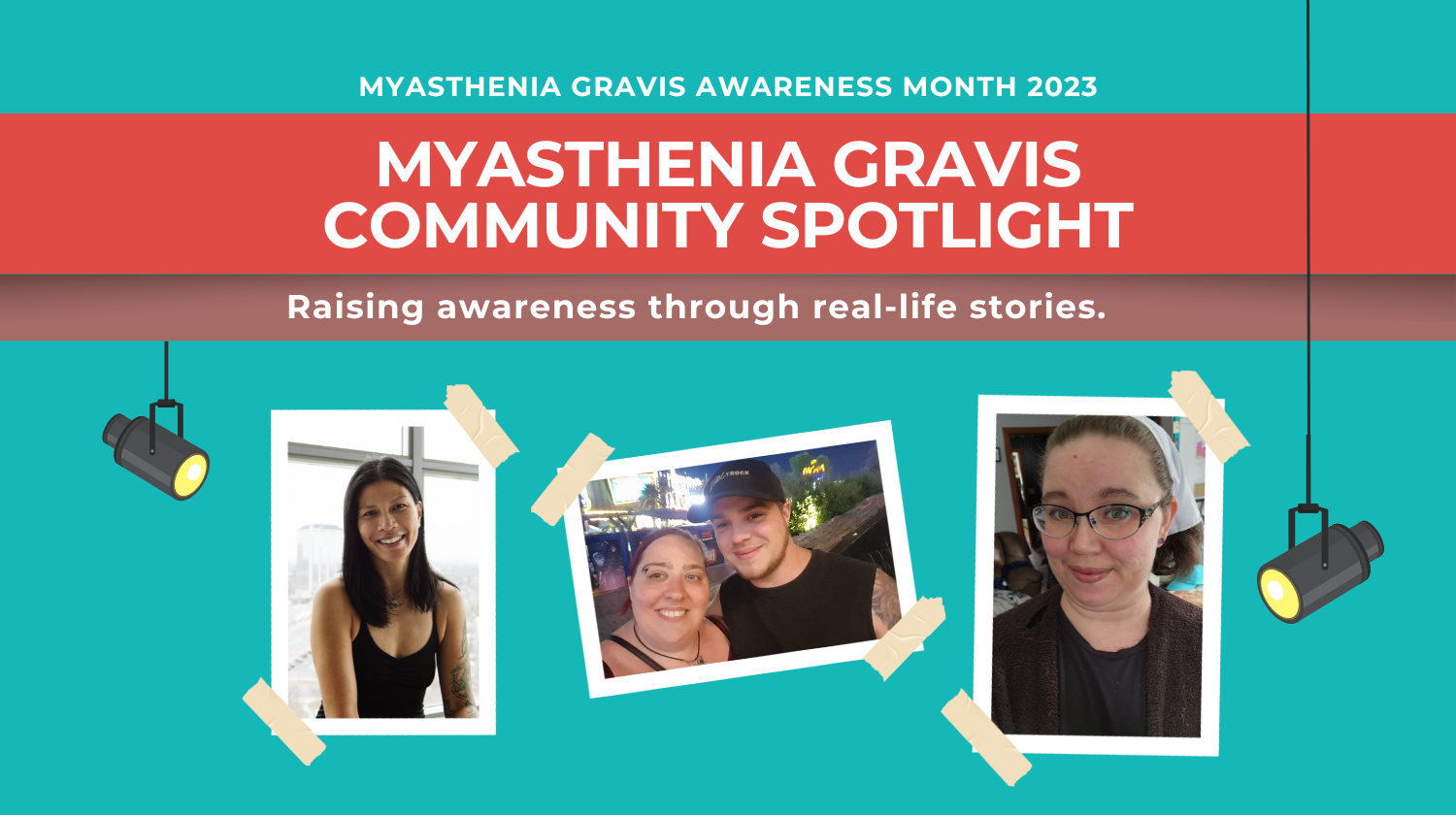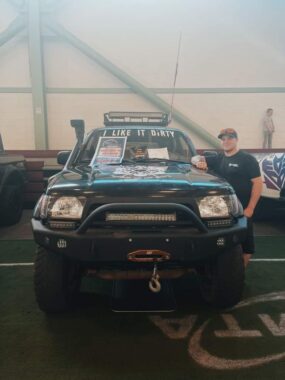The challenges of living in Alaska with an autoimmune disease like MG


Josh with his wife, Keri. (Photos courtesy of Josh Gay)
This is Josh Gay’s story:
My name is Josh Gay, my wife, Keri, was diagnosed with myasthenia gravis (MG) in 2017, and I’m currently working on building an MG awareness vehicle out of my 1998 Toyota 4Runner. Because we live in Alaska, we face many unique challenges when it comes to having an autoimmune disease.
About 90% of the amazing things Alaska offers lie off the beaten path, including many small communities. If you are a patient living in a rural village, access to healthcare is extremely limited, often requiring a plane or boat ride to get to one of the main hospitals in Anchorage or Fairbanks.
I am an active member of the off-road community here, both professionally and personally, and spend most weekends on the trails. When my wife became sick, the fear of not being able to make it to the hospital in time was overwhelming. When a crisis happens, it’s often at the worst time in the worst place.

Myasthenia gravis awareness vehicle built out of Josh’s 1998 Toyota 4Runner.
The seasonal changes also pose their own risks. Because some areas of the state experience triple-digit temperatures in the summer and negative temperatures in the winter, having the ability to adapt to weather changes is key to living in this environment.
It’s approximately six hours between Anchorage and Fairbanks, and the majority of the land in between is wilderness. Most of the off-road trails we frequent have trailheads that are about an hour away from the hospital. But depending on trail conditions and length of a trail, getting to the hospital could take up to six hours. A breakdown, weather event, or someone getting stuck can turn a quick day trip into an overnight camping trip. Knowing that we live in a harsh environment, my vehicle is always equipped with the following items for any kind of trip: cold weather gear, blankets, fire starters, trauma kit, first-aid kit, supply of medications, food and water, spare parts, and a toolkit.
After my wife was diagnosed, I was searching for a way to raise awareness of MG here in Alaska. In November of 2021, I came up with the idea to use my skills as an automotive customizer to continue to build my off-road vehicle and make it into a MG awareness vehicle. Since then, I’ve been saving money to upgrade the truck and start spreading awareness here at home.
Since MG is commonly referred to as “the snowflake disease,” I found it fitting to use that as part of my logo and brand name. My wife’s love of sugar skulls gave me the rest of my direction, and Skullflake Off-road was started. It’s my goal to one day be able to take my MG awareness vehicle for a trip from Alaska to Florida to raise money for research and spread awareness of myasthenia gravis.
In recognition of Myasthenia Gravis Awareness Month in May, the MG Community Spotlight campaign features a series of stories highlighting the real-life experiences of people affected by MG, written in their own words. Follow us on Facebook and Instagram for more stories like this, using the hashtag #MGSpotlight, or read the full series.






